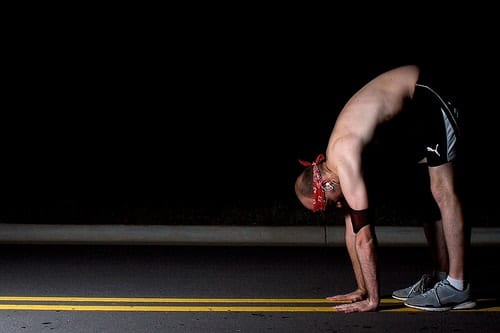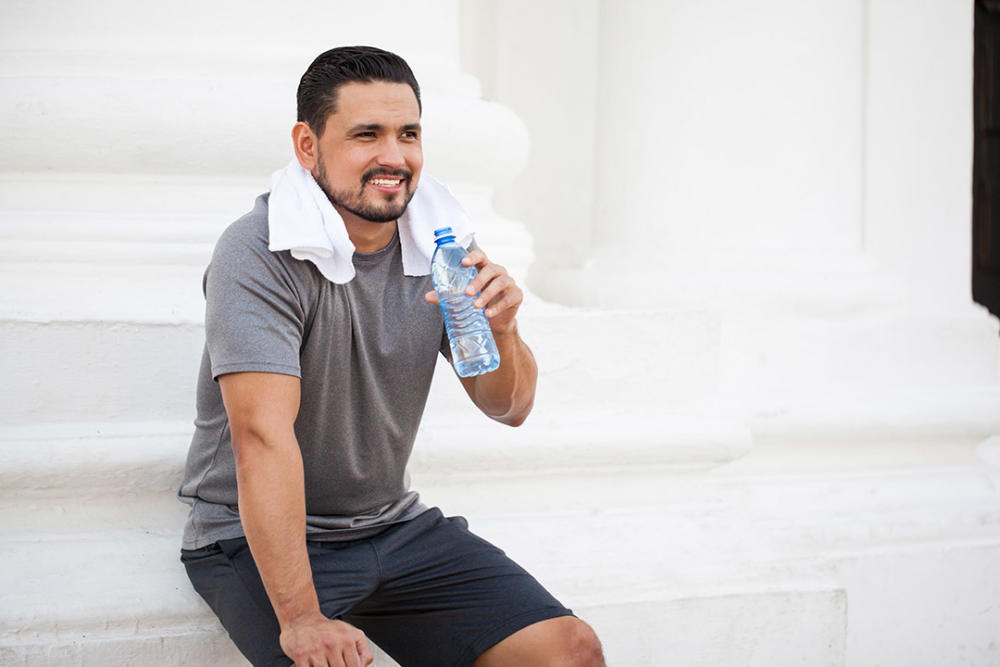Foothills Sports Medicine Physical Therapy is a group of locally-owned Phoenix physical therapy clinics that provides quality, hands-on care to all of our patients, ensuring optimal results. We offer a free assessment of any injuries you might have, which you can schedule online today. For more information about how physical therapy could help you, follow our blog.
Scott Sassaman earned his Doctor of Physical Therapy degree from Rocky Mountain University of Health Professions in Utah and is a great addition to our Phoenix physical therapy clinics. He has experience working as a therapist for the United States Navy and now focuses on sport, orthopedic, and functional rehabilitation. He is here today to explain how a physical therapist can help you with your back pain.
The Problem
Do you experience pain, stiffness or muscle tension in your low back? Do you have problems after prolonged standing or walking, or even just sitting? Does lifting or other manual job requirements aggravate your symptoms? If so, you are not alone: low back pain is very prevalent, affecting nearly 85 percent of people at some point in their lives. The problems are often exacerbated by other medical conditions, such as obesity or even depression. However, patients usually don’t need to take drastic measures like surgery to relieve their pain; it can often be solved by restoring proper body mechanics with the help of a physical therapist.
How Can Therapists Solve It?
First, physical therapists are trained to accurately diagnose and treat a variety of conditions that may cause back pain. Some of these conditions include lumbar stenosis, facet joint disorders, degenerative disc disease, sciatica, and many others. These conditions, as well as other factors, can lead to restrictions in muscles, “knots”, and poor motion of joints within the spine. To diagnose the cause of your pain, your physical therapist will inquire about your medical history during your initial visit. Questions may include how and when your pain began, if you have received any medical imaging (such as an X-ray or MRI), if you are taking any medications, what your pain level is, and activities or modalities that make your pain better or worse— such as ice or heat. These questions are designed to help us understand which of our treatments may be beneficial to you, and also screen for more serious conditions, which may require referral to a physician.
Treatment
Through a skilled movement screen and palpation, we can assess tissue extensibility (how much it stretches), the mobility of the spinal segments, muscular strength, and endurance of key muscle groups that help stabilize and move the spine. There are a variety of treatments for low back pain, which include soft tissue mobilization, trigger point dry needling, joint mobilization and manipulation, stretching, and strengthening exercises. By combining these treatments we are able to decrease restrictions and improve deficits in strength, leading to decreased pain and a better ability to perform daily tasks. The Foothills team believes in hands-on therapy, which means your therapist or support staff will be performing manual interventions at every visit. Throughout your course of care, your physical therapist will modify your treatment as you progress. This may include new and more challenging stretches or strengthening exercises.
Graduation
As you progress, your therapist will also provide you with homework or exercises to perform outside the clinic. Our goal is to help you not only reduce your pain, but also to identify what caused it and prevent it from reoccurring later— even when you have improved and no longer need formal therapy. The tools your physical therapist provides you will help you continue to improve and remain pain free far into the future.
Photo credit: @ayeshamus
How Can A Physical Therapist Help With Lower Back Pain?




